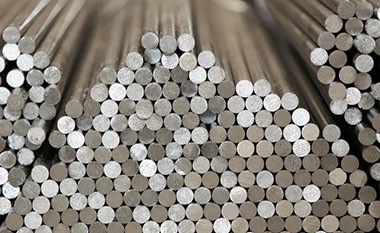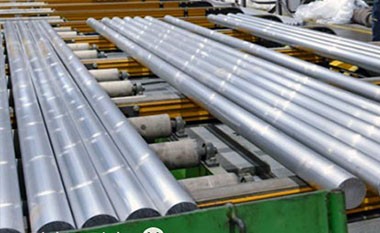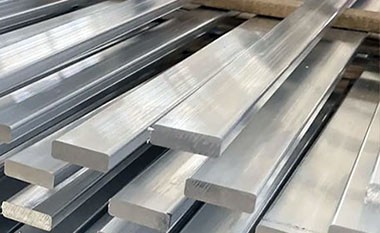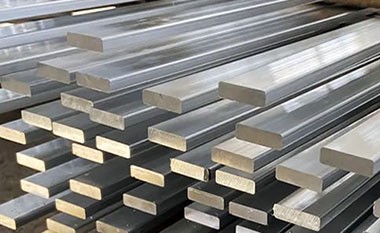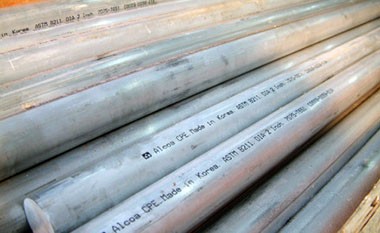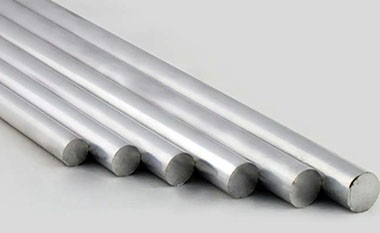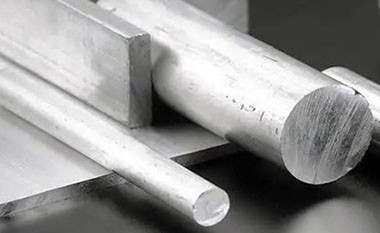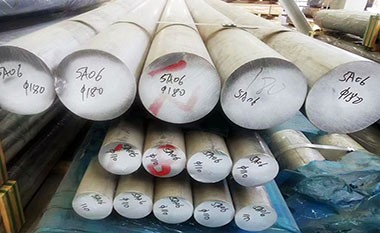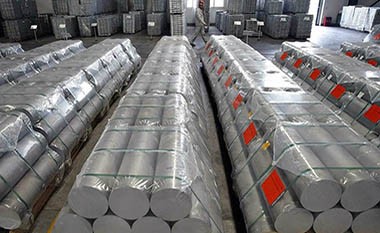What is extruded aluminum profile?
Extruded aluminum profile is a material made by heating aluminum billets, extruding them, and shaping them into specific cross-sectional shapes. Extruded aluminum profiles are widely used in construction, automotive, aerospace, electronics, and other industries due to their light weight, corrosion resistance, high strength, and good plasticity.
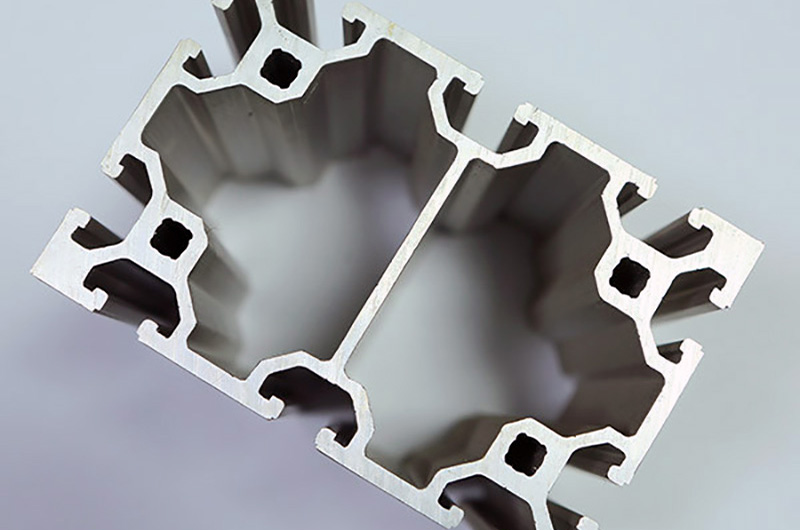
Production Process of Extruded Aluminum Profile
1. Casting
This is the first step in the production of aluminum profiles, which involves mixing raw aluminum ingots, alloying elements (such as magnesium, silicon, zinc, etc.), and some scrap materials in specific proportions. The mixture is melted at high temperatures and treated by degassing and impurity removal. The molten aluminum alloy is then poured into molds to form billets. After cooling and homogenization, the billets are used for subsequent extrusion processes.
2. Extrusion
Extrusion is the core step in the production of aluminum profiles. The homogenized aluminum billets are heated to a certain temperature (typically between 400°C and 500°C), and then high pressure is applied by an extrusion machine to push the aluminum billets through a die. The shape of the die determines the cross-sectional shape of the extruded aluminum profile. By changing the die, various shapes can be produced, including rectangular, square, circular, T-shaped, U-shaped, H-shaped, and other complex cross-sections.
The extrusion process includes two methods:
- Direct Extrusion: The aluminum billet and the extrusion cylinder move in the same direction, forming profiles as they pass through the die.
- Reverse Extrusion: The aluminum billet and the extrusion cylinder move in opposite directions, reducing friction and improving extrusion efficiency, suitable for producing high-precision profiles.
After extrusion, the profiles undergo stretching correction and cooling treatment to ensure straightness and mechanical properties.
3. Surface Finishing
After forming and stretching, extruded aluminum profiles require surface treatment to enhance corrosion resistance, aesthetics, and wear resistance. Common surface finishing methods include:
- Anodizing: An electrolytic process forms a dense layer of aluminum oxide on the surface of the aluminum profile, increasing its corrosion resistance and hardness. It can also be dyed in different colors.
- Powder Coating: Using electrostatic spraying technology, powder is applied to the aluminum surface, then cured at high temperatures to form a uniform protective layer, providing various color and texture options.
- Electrophoresis Coating: This method coats the aluminum surface with a uniform layer of paint through an electrophoresis process, improving its wear resistance, corrosion resistance, and giving it a smooth appearance.
Features of Aluminum Profiles
- Lightweight and Strong: Aluminum has a low density, but through alloying and heat treatment, aluminum profiles can have high strength and good mechanical properties.
- Corrosion Resistance: Aluminum profiles easily form an aluminum oxide protective film on their surface, offering excellent corrosion resistance, making them suitable for outdoor applications.
- Good Workability: Aluminum profiles are easy to process and can be cut, drilled, welded, and subjected to various processing techniques.
- High Electrical and Thermal Conductivity: Aluminum has good electrical and thermal conductivity, making it commonly used in electrical and thermal management fields.
- Recyclability: Aluminum is 100% recyclable, providing advantages in terms of environmental protection and energy conservation.
Maybe also you like:

